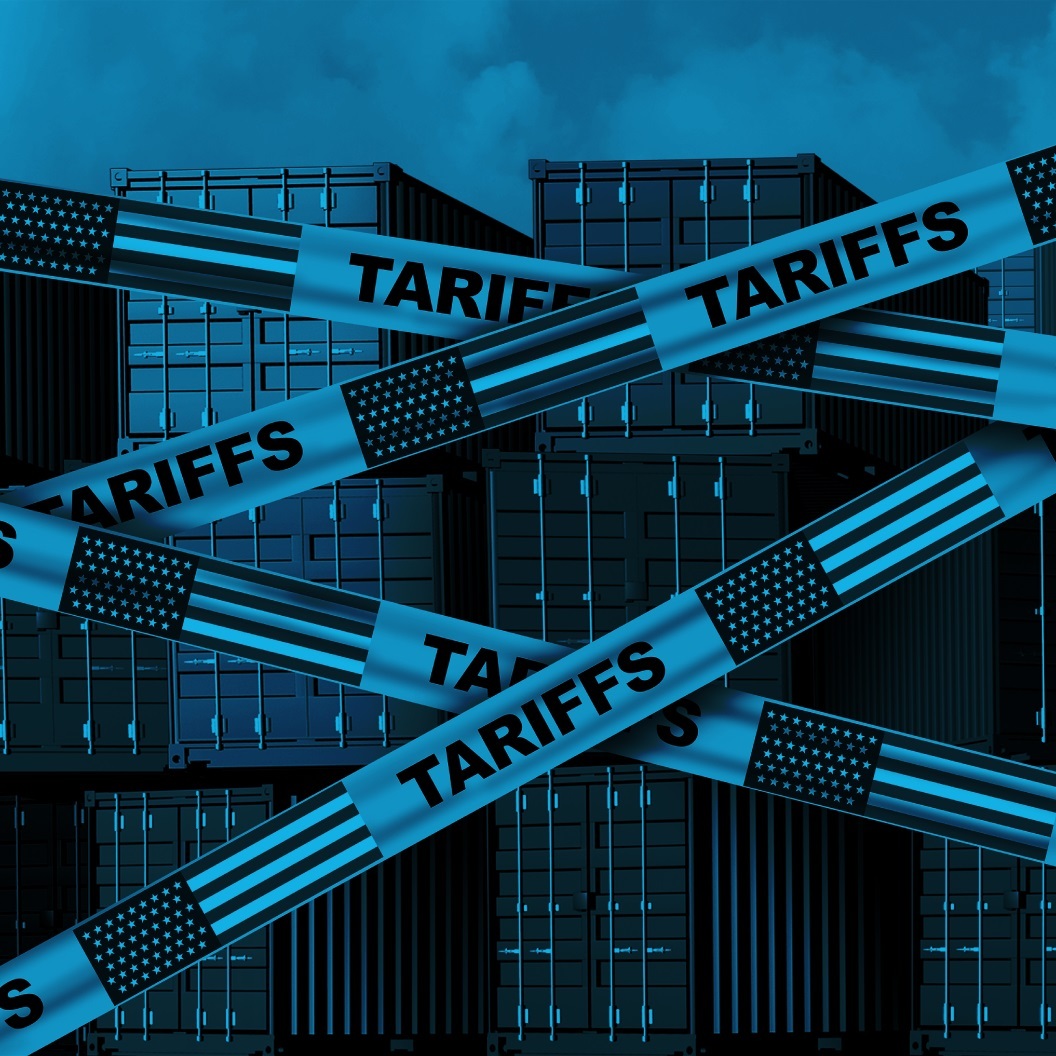Navigating Trump Tariff Uncertainty with Rapid Scenario Planning
Scenario planning is no longer a luxury - it's a necessity. In an era defined by geopolitical volatility and economic nationalism, the resurgence of significant tariffs under the second Trump administration has amplified the uncertainty facing global businesses. This level of unpredictability means businesses can no longer afford to rely solely on reactive measures. Scenario planning helps equip businesses not just to survive, but to make confident, forward-looking decisions amid persistent uncertainty.

Never has the phrase “Uncertainty is the new normal” felt more relevant – with the political and economic landscape changing by the hour, let alone the day, scenario planning is now an absolute necessity.
In an era defined by geopolitical volatility and economic nationalism, the resurgence of significant tariffs under the second Trump administration has amplified the uncertainty facing global businesses. Tariff swings, once viewed as temporary or tactical, now represent a structural risk that can rapidly undermine established supply chains, upend fine-tuned commercial pricing models, and even change the fundamentals of market access strategies.
Faced with this level of unpredictability, businesses can no longer afford to rely solely on reactive measures. Just as the COVID-19 pandemic taught us the value of agility and foresight, today’s environment demands a proactive approach to strategic planning. Scenario planning offers a powerful way to navigate this complexity — enabling organisations to map out multiple futures, test assumptions, and build resilient strategies that can withstand sudden shocks or shifts in policy. Effective scenario planning equips businesses not just to survive, but to make confident, forward-looking decisions amid persistent uncertainty.
> PRACTICAL GUIDE: How to execute scenario planning that drives tangible action
What is scenario planning?
Scenario Planning involves developing different views of the future and building a clear set of implications for your business. By creating strategies that prepare for those future scenarios, you can help ensure positive outcomes even in times of uncertainty.
Why scenario planning matters now
The recent escalation of tariffs has introduced numerous complexities that render traditional single-track planning approaches inadequate for global business:
- Tariff rates vary significantly by country and product category
- There is uncertainty around retaliatory measures from trading partners
- Possible exemptions, negotiations, and policy reversals are dynamic
- Complex supply chain implications that differ by industry
For the UK, the United States reinstated a 25% tariff on steel and aluminum imports in March 2025 - a move that has dealt a significant blow to the UK steel industry, which remains heavily dependent on access to the US market. Additionally, the US imposed a 25% tariff on UK automotive and automotive parts imports, further straining key sectors of the UK economy. Compounding these challenges, a 10% blanket tariff on nearly all UK goods entering the US was implemented in April 2025, affecting a broad range of industries and leading to immediate disruptions for businesses.
From planning paralysis to strategic optionality
These developments have created a volatile trade environment, necessitating more dynamic and flexible strategic planning to navigate the multifaceted challenges posed by the current tariff landscape. With this level of uncertainty, it makes it impossible to predict with confidence what the operating environment will look like in 6-12 months.
Many businesses are currently caught in planning paralysis – waiting for clarity before making decisions. However, this approach cedes the initiative and may leave organisations scrambling to react when changes materialise.
The alternative is to develop scenarios that cover the range of plausible futures, build strategic options that can respond to each scenario, and identify early warning indicators that signal which scenario is unfolding. Rather than betting on a single future, scenario planning allows businesses to prepare for multiple plausible futures.
Rapid scenario planning in practice
This doesn’t have to be a mammoth exercise - a condensed scenario planning process can be completed in as little as 2-3 weeks. Scenario planning can also be built into existing strategy processes without having to pull the handbrake on Business-As-Usual. The right tight core team can run the scenario planning work in parallel to the existing process.
Key activities to deliver scenarios successfully:
- Identify key uncertainties and constants – Separate what you know from what you don't know about the evolving tariff situation
- Develop plausible scenarios – Create distinct, coherent views of how the trade environment might evolve
- Test strategic implications – Assess how each scenario would impact your business model, operations, and financial performance
- Design adaptive strategies – Create plans that work across multiple scenarios and identify scenario-specific contingencies
- Define trigger points – Establish clear indicators that will signal which scenario is unfolding and when contingency plans should be activated
Case example: A consumer goods manufacturer
A consumer goods company with manufacturing in Asia and markets in North America and Europe could used scenario planning to navigate tariff uncertainty:
- Scenario 1: "Trade War Escalation" – High tariffs remain in place with retaliatory measures from trading partners, creating sustained pressure on global supply chains.
- Scenario 2: "Strategic Decoupling" – Tariffs become targeted at specific strategic industries while consumer goods see partial exemptions.
- Scenario 3: "Negotiated Settlement" – After initial disruption, bilateral agreements lead to modified tariffs with greater predictability.
For each scenario, clear contingency plans are built around sourcing, pricing, and market prioritisation. Should early indicators begin pointing toward Scenario 1, the company can accelerate their supply chain diversification strategy months before competitors can react.
Moving beyond survival to competitive advantage
While scenario planning is valuable for risk mitigation, its greatest potential lies in identifying opportunities that competitors might miss. By considering multiple futures, businesses can:
- Spot emerging market needs that arise from changing trade patterns
- Identify acquisition opportunities as distressed competitors struggle to adapt
- Develop new business models that are more resilient to trade barriers
- Create more flexible operations that can pivot quickly regardless of which scenario unfolds
Getting started
The most effective scenario planning combines outside-in perspective on market trends with inside-out understanding of organisational capabilities. Working with experienced facilitators can help accelerate progress and avoid common pitfalls, such as scenarios that are too similar, unrealistic, or that fail to challenge existing assumptions.
At Cognosis Consulting, we have deep experience of supporting business leaders through scenario planning exercises, building strategies that help them navigate uncertainty and get onto the front foot.
Whether facilitated internally or with external support, the important thing is to start the process now. In times of uncertainty, the ability to adapt quickly to changing conditions is what separates the leaders from the followers.


